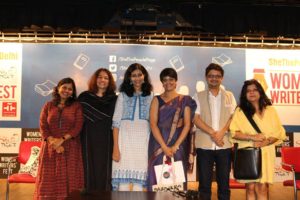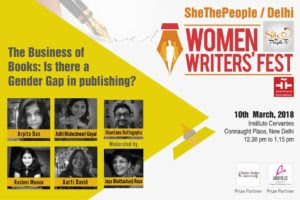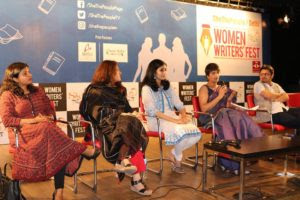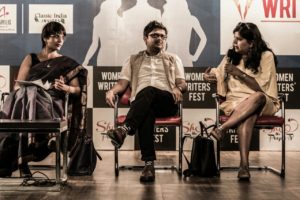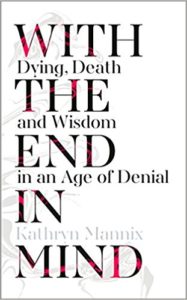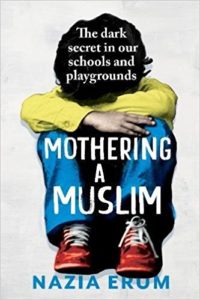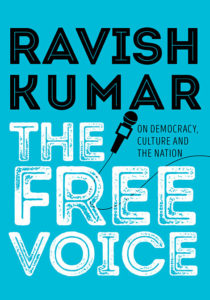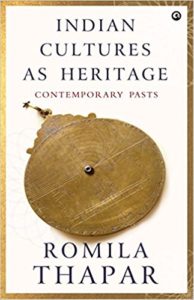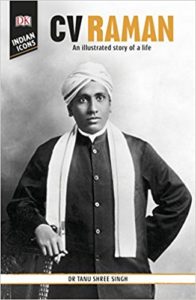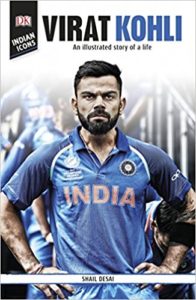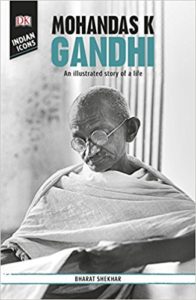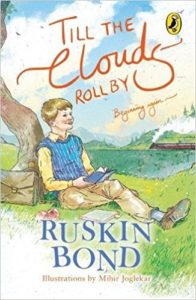 The following is an extract from Ruskin Bond’s delicious new book Till the Clouds Roll By. It is a gently told, haunting memoir of his childhood, recounting incidents soon after his father passed away. He was lonely despite spending his holidays with his mother and her new family. The following extract has been used with permission from the publishers, Puffin Books.
The following is an extract from Ruskin Bond’s delicious new book Till the Clouds Roll By. It is a gently told, haunting memoir of his childhood, recounting incidents soon after his father passed away. He was lonely despite spending his holidays with his mother and her new family. The following extract has been used with permission from the publishers, Puffin Books.
The following day, when the hunting party headed for the jungle, I had the rest house to myself—except for Mohan, the boy assistant, who had been left in charge of the kitchen.
Exploring the old bungalow, I discovered a storeroom at the rear—a room full of old and broken furniture: a settee with the stuffing coming out, a bed with broken springs, a cupboard with a missing door. The remaining door swung open at my touch to reveal a treasure trove of books—books that were in good condition because they hadn’t been touched for years, the collection of some bygone forest officer perhaps.
Here I found enough reading to keep me occupied for the rest of the week. Here I discovered the ghost stories of M.R. James, that master of the supernatural tale, scholarly and convincing. Here I discovered an early P.G. Wodehouse novel, Love among the Chickens, featuring Ukridge, that happy optimist, who was to become my favourite Wodehouse
character. Ukridge always addresses everyone as ‘old horse’—‘And how are you, old horse?’or ‘Lend me a fiver, old horse!’—and for several months I found myself addressing friends and families in the same manner, until one day, back in school, I addressed my headmaster as ‘old horse’ and received a caning for my pains.
In the forest bungalow I also discovered Agatha Christie’s first Poirot novel, The Mysterious Affair at Styles, John Buchan’s spy thriller The Thirty-Nine Steps and the short stories of O. Henry and W.W. Jacobs. There were some children’s books in that cupboard too—and I have to confess that I read very few children’s books as a boy. I had gone straight from comic papers to adult fiction!
The front veranda of the bungalow had a very comfortable armchair, and I spent most of the day stretched out in it with one of those books for company. Instead of becoming a great shikari, as my mother and stepfather might have wished, I had become an incurable bookworm, and was to remain one for the rest of my life.
Mohan would bring me bread and butter and a glass of hot tea, and I was quite content with this spartan lunch. The cook and the food baskets would go along with the shikar party, who would be enjoying mutton koftas and pilau rice whenever they tired of following an elusive tiger. But I was having an adventure of my own.
…
The shikar party decided to make one last rumble through the jungle in search of the fabled tiger. It was literally a rumble, because Mr Hari had engaged some thirty to forty villagers from across the river to ‘beat’ the jungle—that is, to advance in a line through the forest, beating drums, or kerosene tins, and blowing on horns, or home-made trumpets, in a bid to drive the forest creatures out of their lairs and into the open.
This they succeeded in doing, but in the wrong direction.
While the hunters waited for their quarry at the edge of the forest, the villagers—confused by the trumpeting of the elephants—took another route, in effect driving the animals to safety, and in the direction of the rest house.
I was sitting in the veranda, a book on my knee, when I heard a lot of grunting and squealing. I looked up to see a number of wild boars streaming across the clearing in front of me!
They emerged from one side of the jungle and disappeared into the thickets on the other side.
Now they were followed by a herd of deer—beautiful spotted chital, and then handsome, tall sambar. All emerging from the trees, moving swiftly across the clearing and making their way into the forest.
Peacocks and junglefowl, also disturbed by the village orchestra, flew across the clearing, exchanging sal for shisham.
Fascinated by this sudden appearance of birds and beasts, I remained sitting in my armchair—not in the least alarmed—because it was obvious that the animals were intent on getting as far away from humans as possible.
And presently I was rewarded with the sight of a lithe and sinewy leopard slinking past the bungalow. It may have been looking out for its own safety or it may have been following the
deer, but there it was—all black and gold in the late afternoon sun.
And then it vanished into the dense green foliage.
Hours later, the hunters returned, grumpy and empty-handed except for an unfortunate barking deer.
‘I saw a leopard while you were away,’ I told my mother and stepfather.
They were not impressed.
‘He’s making it up,’ said Mr Hari.
‘Well, he does have a vivid imagination,’ said my mother. ‘It must be all those books he’s been reading.’
I did not argue with them. You don’t argue with adults who have made up their minds about you.
The tiger had eluded them, but I had seen a leopard. So I had achieved a small victory.
Excerpted from Till the Clouds Roll by, authored by Ruskin Bond, published by Puffin Books (An imprint of Penguin Random House). MRP:250/-
8 March 2018

